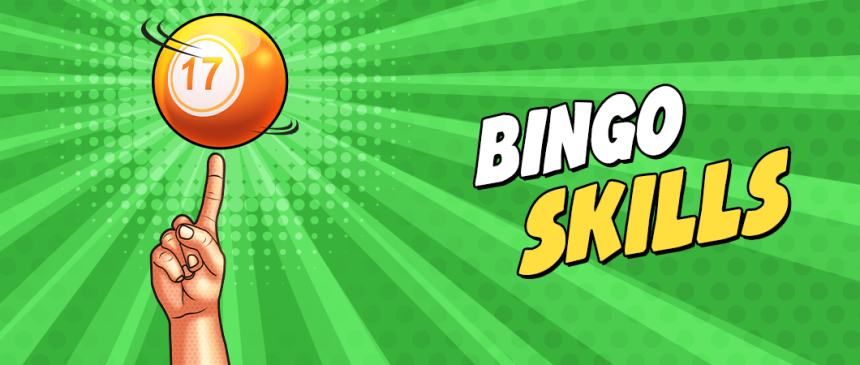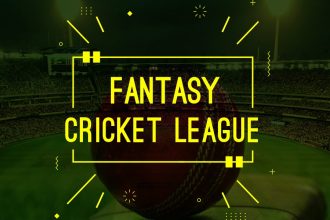Britain has had a roller-coaster love affair with bingo since the 1960s with many ups and downs along the way. Right now, bingo is bigger than ever with fans of the game turning up to bingo halls and participating online in their thousands.
Worldwide as many as 100 million people go online to play bingo for one of its many iterations. And to make sure you’re getting the most out of your experience it pays to level up your bingo skills before your next round.
Here are some top tips for improving your bingo mastery that you can try out at double bubble today and will get you calling “House!” in no time:
Learn the rules
- The concept is simple but there’s more to bingo than at first glance. It’s not just a case of waiting until all your numbers are called; often a winning line is the first to win a prize, then multiples of lines and finally a full house takes the jackpot.
- When you’re still at the beginning of your bingo journey, if a freeplay option is provided, play a few rounds without any money on the line to get your eye and ear in.
Grasp the variations of the game
- Bingo comes in several shapes, sizes and flavours. Here are a few examples of bingo games you might encounter:
- 30 Ball Bingo
A rapid fire game with only 30 balls in play. 30 ball bingo is usually played on a 3×3 card and is often a bonus game between the main events.
- 75 Ball Bingo
North America’s most popular version of the game, 75 ball bingo is played on a 5×5 card with a wildcard ‘free’ centre square.
- 80 Ball Bingo
Sometimes referred to as ‘Shutter Bingo’, 80 ball bingo is played on a 4×4 card where winners are the first to complete specified shapes—from corners to vertical lines to centre squares.
- 90 Ball Bingo
Popular in the UK and played on a smaller 3×5 card. The winner of 90 ball bingo is the first to get a full house and runners-up, one and two completed lines.
Become familiar with your website or bingo hall
- Every website and every live venue has their own personality, calling style and idiosyncrasies. Even something as simple as how to call “house” might be the difference between winning and missing your prize.
- Online, find out where the important buttons are located, what each of them do and where the called numbers appear. Most providers offer settings for you to customise layouts of your cards (especially useful if you have several), daub symbols and colour themes, which might be important for players with visual impairment.
Play within your capabilities
- It stands to reason the more books you opt to play with, the higher the chance one of them will come in as a winner. This is of course unless your attention is split across so many cards you miss numbers. Therefore, more might not always be the best tactic.
- Some online services and even bingo halls with electronic readers offer an autofill function. When switched on, as the balls are called, anywhere that number appears on any of your cards will automatically be marked off, in which case you can play as many books or cards as are within your limit.
Set your limits
- It’s great to win but should your numbers not come up on this occasion, it’s important to adhere to your predetermined monetary limit. Set a bankroll amount that you’re comfortable to spend on your session and stick to it. Remember we’re playing primarily to have fun and real cash prizes are a bonus.
Make sure you have a stable internet connection
- If you’re playing online this one is crucial. There’s nothing more frustrating than having one number remaining on your card and the internet dropping out.
Avoid the crush
- If you play at the most popular hours of the day or in rooms packed with other players, your chances of winning will decrease, simply because you have more competition.
- There is often a trade off, however, as the jackpot at a lot of bingo sites and halls is directly proportional to the amount of participants or books sold.
Do the maths
- Countless statisticians have tried to determine methods of increasing your edge in the game and to varying degrees of success. Since the odds of each ball being drawn is equal across all remaining balls there is little that can be done to predict the outcome of the next ball.
- Nonetheless, for the reason that balls drawn are obviously not returned to the cage, it stands to reason that if an odd number is drawn, the chance of an even number being drawn next increases marginally. This is because there is now one fewer odd number remaining.
- Over time, therefore, we might expect to see a more even distribution of odd and even, and low and high balls. Joseph E. Granville, author of ‘How To Win At Bingo’, proposed this very theory. He suggests that cards with an even distribution of low and high, and odd and even numbers are more likely to win.
After reading our handy tips, we hope you’re all set to win big at your next bingo experience. Happy daubing!















